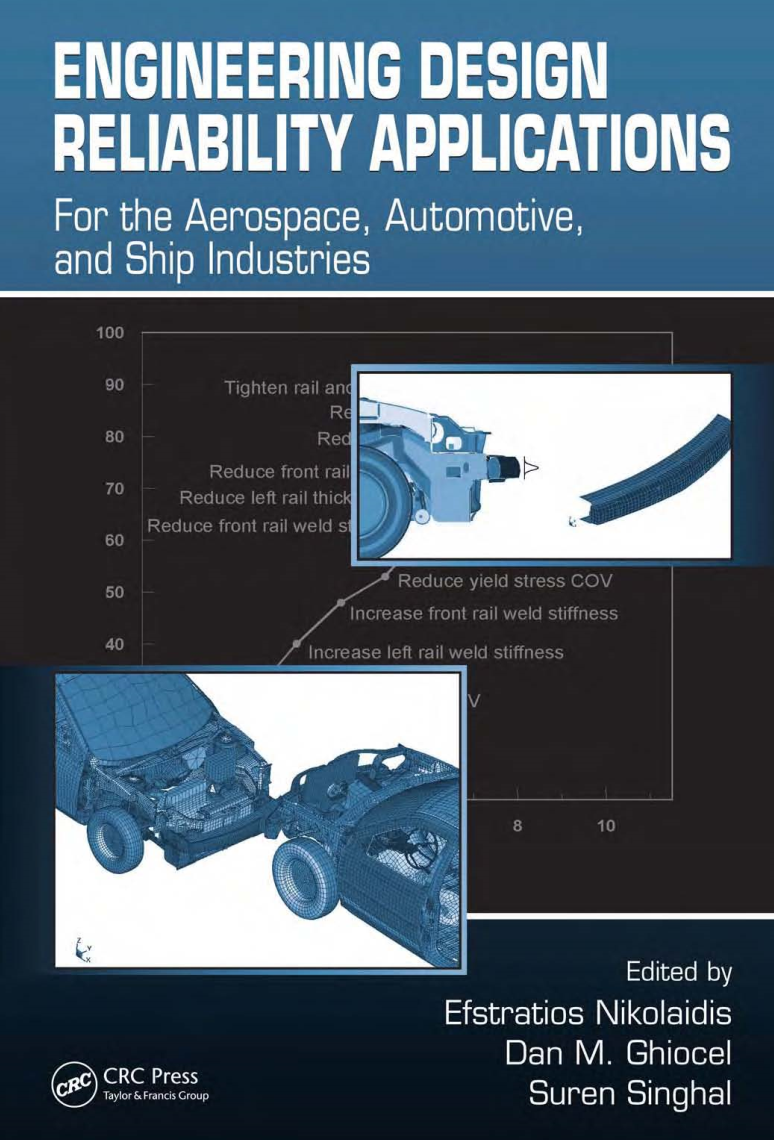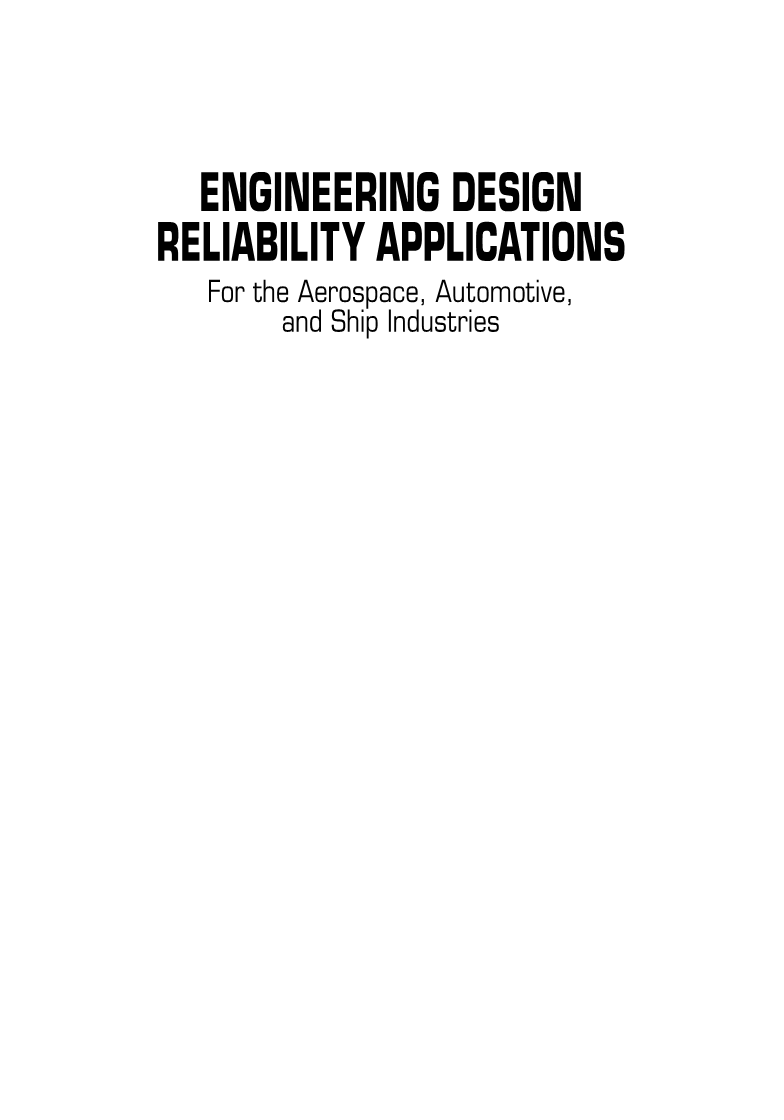

英语原文共 374 页,剩余内容已隐藏,支付完成后下载完整资料
|
C h a p t e r | e i g h t Fuel Injection Injection and combustion The essence of a diesel engine is the introduction of finely atomized fuel into the air compressed in the cylinder during the pistonrsquo;s inward stroke. It is, of course, the heat generated by this compression, which is normally nearly adiabatic, that is crucial in achieving ignition. Although the pressure in the cylinder at this point is likely to be anything up to 230bar, the fuel pressure at the atomizer will be of the order of 1300–1800bar High injection pressures at full load are beneficial in terms of fuel economy, emissions and the ability to accept inferior fuel. Most modern medium speed engines attain 1200–1800 bar in the high-pressure (HP) injection pipe, although some recent engine designs achieve as much as 2300 bar when pumping heavy fuel. For reasons of available technology, the earliest diesel engines had to use compressed air to achieve atomization of the fuel as it entered the cylinder (air blast injection), and while airless (or solid) injection delivered a significant reduction in parasitic loads, it also presented considerable problems in the need for high precision manufacture, and the containment of very high and complex stresses. The very high standard of reliability and lifetime now attained by modern fuel injection systems is the result of considerable investment in Ramp;D and production technology by designers and equipment manufacturers. Ultra-high precision machining facilities for flat and curved surfaces are dictated for injection systems operating at pressures of up to 2000bar and beyond, calling for minimal manufacturing tolerances down to 0.001mm and the highest cleanliness in all processes. A particularly challenging component is the injector needle, which, in some systems, requires microscopic helical grooves to be machined into the pin shaft to hydraulically absorb lateral forces with the aid of the fuel. In the early days of airless injection, many ingenious varieties of combustion chamber were used, sometimes mainly to reduce noise or smoke, or to ease starting, but often in part to reduce or to use modest injection and combustion pressures. A growing emphasis on economy and specific output, coupled with materials development and advances in calculation methods allowing greater loads to be carried safely, has left the direct injection principle dominant in modern medium- and high-speed engine practice. In direct injection systems the fuel is delivered directly into a single combustion chamber formed in the cylinder space (Figure 8.1), atomization being achieved as the fuel issues from small drillings in the nozzle tip. For complete combustion of the fuel to take place, every droplet of fuel must be exposed to the correct proportion of air to achieve complete oxidation, or to an excess of air. In the direct injection engine, the fuel/air mixing is achieved by the energy in the fuel spray propelling the droplets into the hot, dense air. Additional mixing may be achieved by the orderly movement of the air in the combustion chamber, which is called lsquo;air swirlrsquo;. Naturally aspirated engines usu?ally have a degree of swirl and an injection pressure of around 800bar. Highly turbocharged engines with four-valve heads have virtually no swirl, but typically have an injection pressure of 1200–1800bar to provide the mixing energy. Where indirect injection is exploited, some high-speed engines retain a pre?chamber in the cylinder head into which fuel is injected as a relatively coarse spray at low pressure, sometimes using a single hole. Combustion is initiated in the pre-chamber, the burning gases issuing through the throat of the chamber to act on the piston (Figure2.3)
Figure 8.1 Cross-section of direct injection combustion chamber
Figure 8.2 Indirect injection: the Ricardo pre-chamber Fuel/air mixing is achieved by a very high air velocity in the chamber, the air movement scouring the walls of the chamber and promoting good heat transfer. Thus the wall can be very hot—requiring heat-resistant materials—but it can also absorb too much heat from the air in the initial compression strokes during starting and prevent ignition. It is these heat losses that lead to poor starting and inferior economy. Further forms of assistance, such as glow plugs, have therefore sometimes been necessary to achieve starting when ambient pressures are low. The throttling loss entailed by the restricting throat also imposes an additional fuel consumption penalty. One engine designer, SEMT-Pielstick, achieved an ingenious combination of the two systems by dividing the pre-chamber between cylinder head and piston crown. At top dead centre a stud on the piston enters the pre-chamber to provide a restricted outlet. On the expansion stroke, the restriction is automatically removed and fuel economy comparable with normal direct injection engines is attainable (Figure 8.3). Direct injection, too, has variants, which reflect the fact that, despite considerable expenditure on research into its mechanism, the detail of how combustion develops after ignition is achieved is still largely empirical. The essentials are as follows: 1. At least some of the fuel injected is atomized sufficiently finely to initiate combustion. Ignition cannot take place until a droplet of fuel has reached the temperature for spontaneous ignition. Since heat is taken up as a function of surface area (proportional to the square of the diameter) and the quantity of heat needed to achieve a temperature rise is a function of volume (varying as the cube of the diameter), only a small number of fine droplets are needed to initiate combustion.High-speed photography of combustion does indeed show that ignition takes place in a random manner near the injector tip 全文共55526字,剩余内容已隐藏,支付完成后下载完整资料 资料编号:[1425] |


